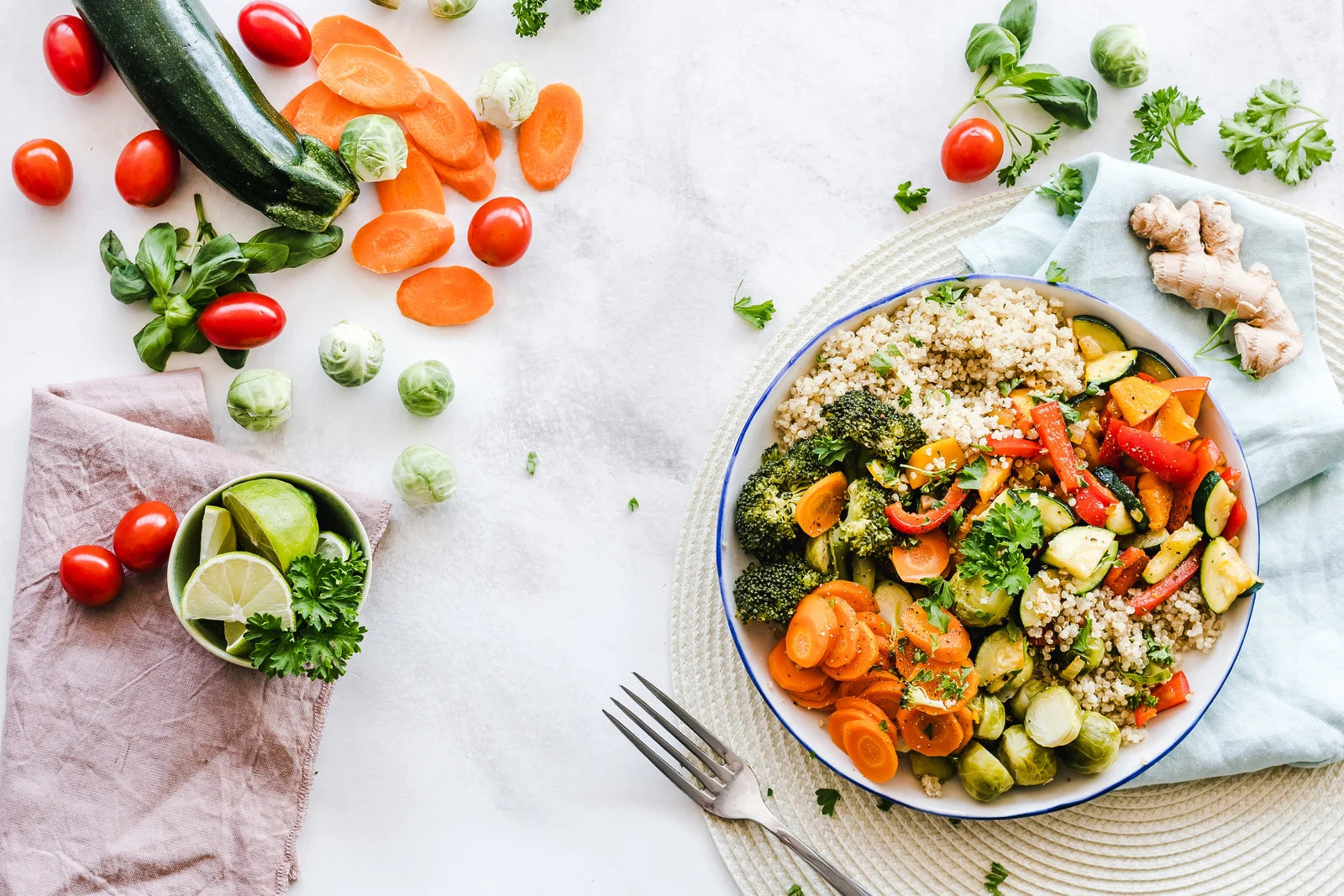Survival gardening is an essential skill that can help you and your family become more self-sufficient and prepared for emergencies. When planning your survival garden, it's important to choose the right vegetables to grow. Not all vegetables are created equal, and some are better suited to survival gardening than others.
In this post, we'll highlight 10 essential vegetables that you should consider growing in your survival garden. Ensure your growing environment is in the specific zones for the plants you want to grow in your survival garden.

1. Onions
Onions are a staple crop that should be included in your survival garden. They are easy to grow and provide a high yield of nutrient-dense food that can be stored for long periods of time. Onions are also versatile and can be prepared in a variety of ways, including raw or cooked. They require well-drained soil and can be grown in containers or in the ground.
2. Carrots
Carrots are packed with vitamins, minerals, and antioxidants that are essential for good health. They are also versatile in the kitchen, as they can be eaten raw, cooked, or juiced. Carrots are easy to grow in most soil types and can be sown directly in the garden bed. They can also be grown in containers, making them a great choice for small gardens.
3. Peppers
Peppers are a staple in many cuisines around the world and come in a variety of colors, sizes, and heat levels. They are a rich source of vitamins A and C, as well as potassium and fiber. Peppers can be grown in both the ground and containers and prefer warm temperatures and plenty of sunlight.
4. Tomatoes
Tomatoes are one of the most popular and versatile vegetables to grow in a survival garden. They are easy to grow, produce a high yield, and can be eaten fresh, canned, or dried. Tomatoes are also high in vitamins A and C, as well as antioxidants. They can be grown in containers or in the ground, and require full sun and well-drained soil.
5. Potatoes
Potatoes are another staple crop that should be included in your survival garden. They are easy to grow and provide a high yield of nutrient-dense food that can be stored for long periods of time. Potatoes are also versatile and can be prepared in a variety of ways, including mashed, roasted, or fried. They require well-drained soil and can be grown in containers or in the ground.
6. Radishes
Radishes are a fast-growing crop that is easy to grow and maintain. They are high in vitamin C and other antioxidants, making them a healthy addition to any diet. Radishes can be grown in the ground or in containers and can be planted throughout the growing season.
7. Squash
Squash is a versatile and nutrient-dense vegetable that is easy to grow in a survival garden. There are many varieties of squash to choose from, including zucchini, summer squash, and winter squash. Squash can be eaten fresh, cooked, or canned, and is rich in vitamins A and C. They require full sun and well-drained soil.
8. Beans
Beans are an excellent source of protein and can be easily grown in a survival garden. There are many varieties of beans to choose from, including bush beans, pole beans, and lima beans. Beans can be eaten fresh, canned, or dried, and require full sun and well-drained soil.
9. Cabbage
Cabbage is a hardy and nutrient-dense vegetable that can be easily grown in a survival garden. It is high in vitamin C and fiber, and can be eaten fresh or stored for long periods of time. Cabbage requires full sun and well-drained soil.
10. Kale
Kale is a nutrient-dense leafy green that is easy to grow in a survival garden. It is high in vitamins A and C, as well as fiber, and can be eaten fresh or cooked. Kale requires full sun and well-drained soil.

What About Heirloom Seeds?
Heirloom seeds are never genetically modified, hybrids, or cross-pollinated. They're usually classified as being at least 50 years old and can be passed down through the generations. Try our Heirloom Seed Vaults with varieties of seeds for your survival garden.
Pros of Heirloom Seeds
Heirloom seeds are both affordable and durable. For many survival gardeners, it's a dream to use seeds that came directly from their grandparents' original plants and then keep passing them down through their families. The practice is effective and efficient, and once you start and see success in your garden, you lessen your reliance on a company to produce new seeds for you.
Cons of Heirloom Seeds
Surviving and homestead gardening celebrate the use of heirloom seeds, but there are some downsides. Heirloom plants aren't usually as vigorous and drought-tolerant as hybrids. Heirlooms can also be unpredictable, as they may grow like crazy one year and then trickle off the next.

Start Your Own Survival Garden Today!
Starting a survival garden is a great way to prepare for an uncertain future and ensure that you have access to fresh, nutrient-dense food. By choosing the right vegetables to grow, you can create a well-rounded garden that provides a diverse range of nutrients and flavors. Browse our selection of Heirloom Seeds today!
Whether you have a large backyard or a small balcony, there are plenty of options for growing your own food. By following these tips and choosing the right vegetables for your climate and space, you can create a thriving survival garden that will help you and your family thrive in any situation.
Next Steps
By planting these 10 essential seeds in your survival garden, you'll have a diverse range of nutritious foods that can help you sustain yourself in times of crisis. For more information on the health benefits of these crops and lifestyle benefits of growing a survival garden with survival seeds.












1 comment
I’m not a fan of kale but I love chard
Swiss, rainbow, got any chard?
Steven